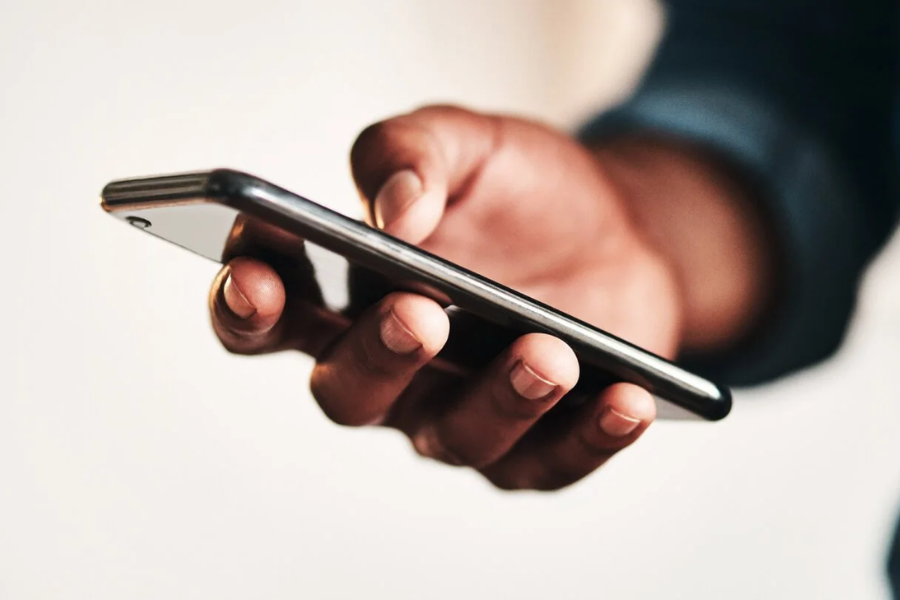Introduction
Staying connected in today’s world is crucial, whether seeking employment, accessing healthcare, or staying in touch with loved ones. The rapid digitalization of our daily lives has made access to communication services essential. Lifeline cell phone services are designed to provide affordable communication options for low-income individuals and families. These programs help ensure that everyone, regardless of their financial situation, has the means to stay connected. If you’re considering signing up for Lifeline services, it’s essential to understand what the program offers and whether you meet the eligibility criteria. This article aims to give you a comprehensive overview so you can make an informed decision and get the most out of these beneficial services.
Understanding Lifeline Cell Phone Service
Lifeline cell phone services are part of a federal program that provides low-cost or free communication services to eligible low-income individuals. Launched initially to ensure all Americans have access to essential telephone services, the program has evolved to include modern cellular services. Various service providers participate in Lifeline programs, offering a range of plans, including free or discounted phone services, mobile devices, and sometimes even internet access. For example, the PA lifeline program ensures that qualifying residents of Pennsylvania have access to these essential services without financial burden. The inclusion of mobile and data services reflects the growing need for digital connectivity in urban and rural areas.
Eligibility Criteria
Determining your eligibility for Lifeline services is the first crucial step. Generally, eligibility is based on income levels or participation in specific federal assistance programs. Most households with an income at or below 135% of the Federal Poverty Guidelines are eligible. If your income is at or below 135% of the federal poverty line, you likely qualify for Lifeline services. Additionally, those participating in federal assistance programs and others typically qualify. When applying, it’s essential to have proof of your income level or participation in these programs. Documentation could include recent tax returns, pay stubs, or letters confirming participation in qualifying assistance programs, which are crucial for the application process.
Types of Services and Features
Lifeline cell phone services vary in terms of what they offer. Here are some standard features:
- Free or Discounted Phones: Many providers offer basic phones for free or significant discounts on smartphones. This ensures that even those who do not own a phone can take advantage of the program.
- Monthly Minutes: Plans generally include a set number of free talk minutes each month, which can vary by provider. This provides a reliable way to stay in touch without worrying about running out of minutes.
- Text Messaging: Text messaging is often included, with varying limits. Most plans offer unlimited text messaging, essential for quick and efficient communication.
- Data Plans: Some Lifeline programs offer limited data plans for internet access. This can be useful for accessing online resources, educational materials, and other internet-based services.
- International Calls: Some plans may include or offer add-ons for international calling options, making staying in touch with family and friends abroad easier.
These services can be life-changing, helping beneficiaries stay connected with loved ones, potential employers, and healthcare providers. The plans and features may vary depending on the service provider and the community’s needs.
Application Process
Applying for Lifeline cell phone services is straightforward but requires careful attention to detail. Below is a step-by-step guide to help you navigate the application process:
- Check Eligibility: Verify your eligibility by reviewing the income and program participation requirements. Ensure that you meet the criteria to save time and avoid unnecessary effort.
- Gather Documentation: Collect necessary documents such as proof of income, government assistance documentation, and identification. These documents are crucial for proving your eligibility.
- Choose a Provider: Research various Lifeline service providers to find a plan that best suits your needs. Consider factors like service coverage, types of plans, and additional features that might benefit you.
- Submit Application: You can apply online, by mail, or at the provider’s retail locations. Please submit all required documentation to avoid delays in processing your application.
- Await Approval: Applications are generally reviewed within a few days to a few weeks. Upon approval, you’ll receive your phone and service plan details. Keep track of your application status to know when to expect your benefits.
By following these steps and ensuring all your documentation is in order, you can streamline the application process and start enjoying the benefits of Lifeline services as quickly as possible.
Important Considerations
Before signing up for Lifeline services, consider the following points:
- Service Coverage: Ensure your chosen provider has good coverage in your area to avoid connectivity issues. Poor network coverage can negate the benefits of having a Lifeline service.
- Plan Details: Carefully review the minute, text, and data limits to ensure they meet your needs. Plans that offer more minutes, texts, and data might be more beneficial if you rely heavily on mobile services.
- Renewal Requirements: Lifeline benefits must be renewed annually. Keep track of your renewal date to avoid service interruption. Setting reminders can help you avoid lapses in your service.
- Additional Costs: Be aware of any extra costs or fees associated with the plan, such as overage charges for minutes, texts, or data. Understanding these costs beforehand can help you avoid unexpected expenses.
These considerations will help you choose the right Lifeline service provider and ensure you can maximize the available resources.
Conclusion
Lifeline cell phone services are valuable for those needing affordable communication options. Whether you’re a low-income individual or a family battling financial challenges, these programs can help you stay connected with essential services and loved ones. You can make an informed decision by understanding the eligibility criteria, the types of services offered, and the application process. Avoid common pitfalls by conducting thorough research and maintaining your eligibility to ensure continuous service. Lifeline services may be the key to unlocking more opportunities and improving your quality of life. Staying connected is more than a convenience; it’s a necessity that can open doors to better employment, education, and healthcare opportunities. With Lifeline services, staying connected becomes a reality for everyone, regardless of their financial situation.
Keep up-to-date with breaking news and updates on essentialtribune








